PDF-Otherness Essays and Studies
Author : natalia-silvester | Published Date : 2014-11-24
2 The Gothic Monster and the Cuckold The Good the Bad and the Ugly in Wuthering Heights Danielle Brownberger The flock gets a sight of a spot of blood on some chicken
Presentation Embed Code
Download Presentation
Download Presentation The PPT/PDF document "Otherness Essays and Studies" is the property of its rightful owner. Permission is granted to download and print the materials on this website for personal, non-commercial use only, and to display it on your personal computer provided you do not modify the materials and that you retain all copyright notices contained in the materials. By downloading content from our website, you accept the terms of this agreement.
Otherness Essays and Studies: Transcript
Download Rules Of Document
"Otherness Essays and Studies"The content belongs to its owner. You may download and print it for personal use, without modification, and keep all copyright notices. By downloading, you agree to these terms.
Related Documents

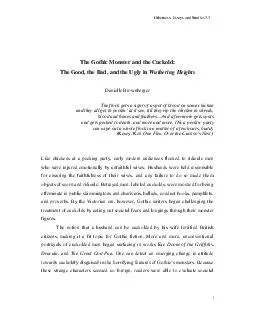
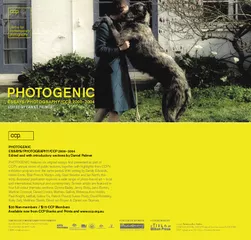
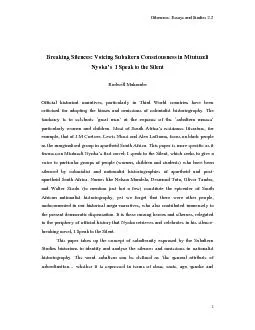
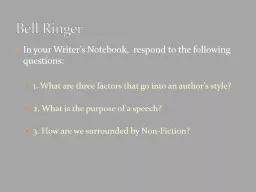
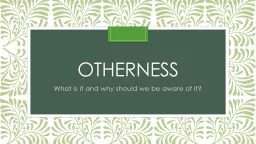




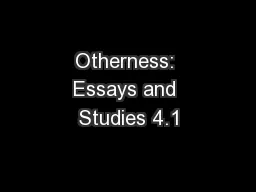


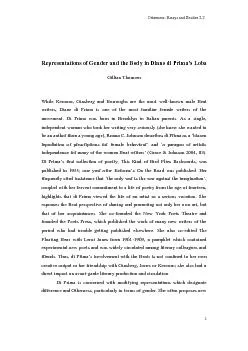
![[DOWNLOAD] - How to Make a Slave and Other Essays (21st Century Essays)](https://thumbs.docslides.com/890462/download-how-to-make-a-slave-and-other-essays-21st-century-essays.jpg)